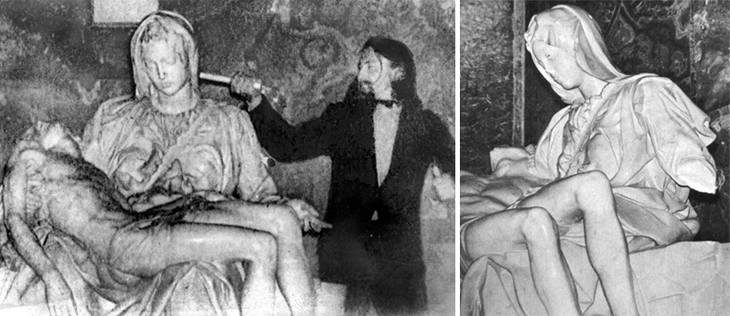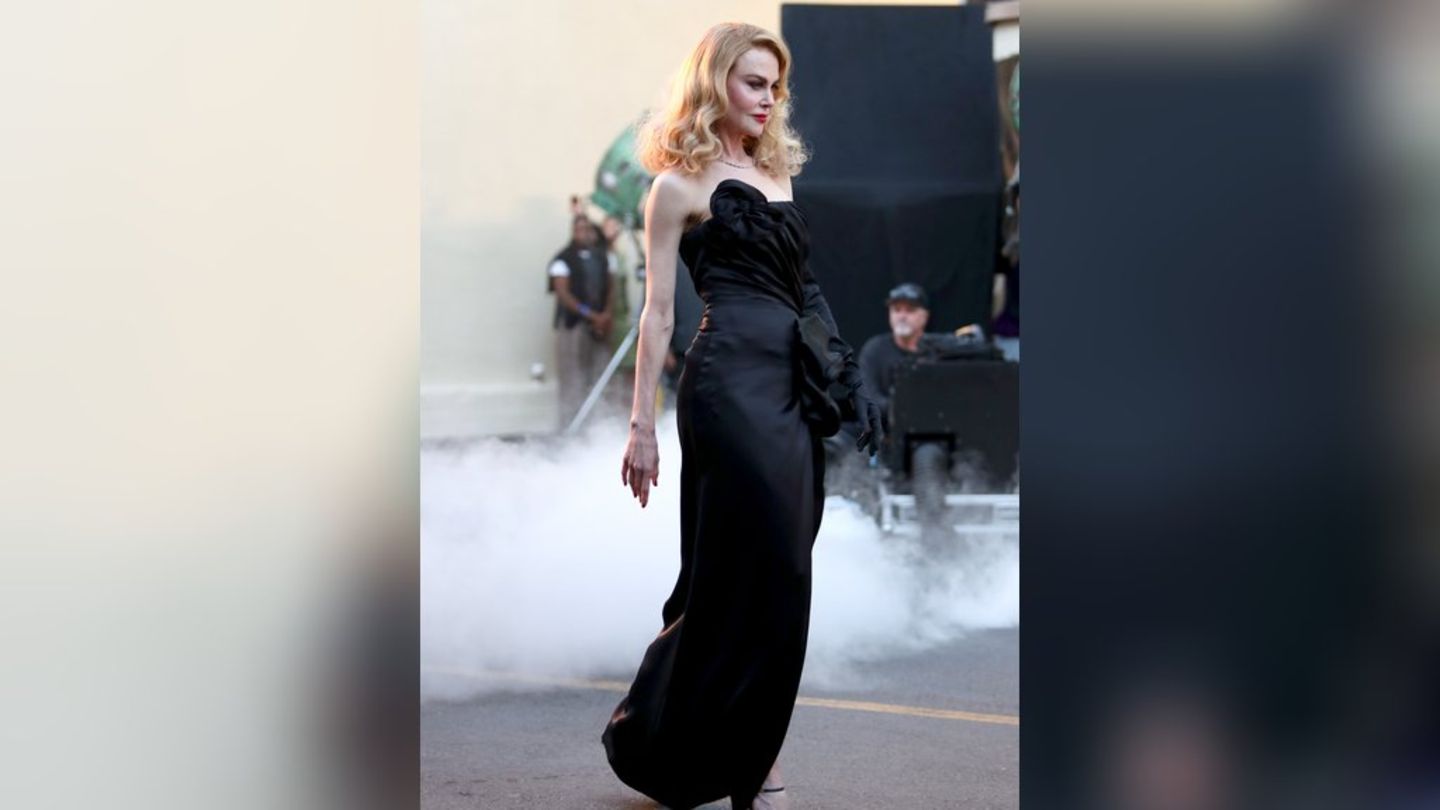Mona Lisa, which was stolen from the art gallery in 1911, was not always protected behind bulletproof glass. In the 1950s, after two major attacks -one with acid and the other with a stone- it was decided to give it extra protection. In 1974, during an exhibition that brought the work to Japan in 1974, a woman tried to spray-paint it red. In 2009, in the middle of a crowded Sunday day at the museum, a visitor threw a cup of tea at the work.
The attacks on La Gioconda are part of a series of attacks on emblematic works of art by artists such as Michelangelo, Rembrandt and Velazquez.
“The Virgin and Child with Saint Anne and Saint John the Baptist”also from Leonardo da Vinciwas damaged twice in 1962, when a German painter threw a jar of paint at the work of in the National Gallery in London and in 1987 when an unemployed 37-year-old man who wanted to protest the political, social and economic situation of United Kingdom entered the museum minutes before closing and shot at the work, but the work was protected by the glass that protected it.
“Freedom guiding the people” of the french painter Eugène Delacroix it was damaged in 2013 by a woman who wrote a message on the canvas on display at the Louvre museum. “AE911”, she wrote with a marker at the bottom of the box, whose meaning was related to a conspiracy theory about the attacks of September 11, 2001 (11-S) in the United States and a petition made on the Internet. The woman was arrested and since the inscription was superficial, it could be erased.
“The Pietà” of Miguel Angel was vandalized on May 21, 1972 when Laszlo Toth, a Bulgarian geologist living in Australia, tried to decapitate her with a sharp blow with a hammer and, after unloading ten blows against the Virgin’s neck, he began to hit her in the face until a firefighter managed to knock him down. The attacker justified his action as an order received from heaven to restore the truth about the Mother of God, “who does not exist, as he said, because God is eternal.” The work was restored and the attacker spent two years in a mental hospital.
image.png
“Black on Maroon”of Mark Rothk, painted in 1958, which was damaged in 2012 by a Polish activist who used graffiti paint and seriously ruined the work. It took 18 months for restorers to fix the stain and get the work to hang again at London’s Tate Modern. On that occasion, to investigate the best technique to clean it, the restorers painted a replica and took nine months to identify the right solvent to remove the graffiti. This time the damage left a mark on the original: the paint used to attack the work penetrated several of its layers and affected the canvas.
The street works of the mysterious and contemporary banksy have also been vandalized and the artist even self-destructed the canvas of “Girl With Balloon” after having been auctioned for 1.22 million euros at the Sotheby’s auction in 2018. To account for his decision, he relied on a quote from Picasso that puts all vandalization of art in perspective: “The impulse to destroy is also a creative impulse.
Source: Ambito
David William is a talented author who has made a name for himself in the world of writing. He is a professional author who writes on a wide range of topics, from general interest to opinion news. David is currently working as a writer at 24 hours worlds where he brings his unique perspective and in-depth research to his articles, making them both informative and engaging.




